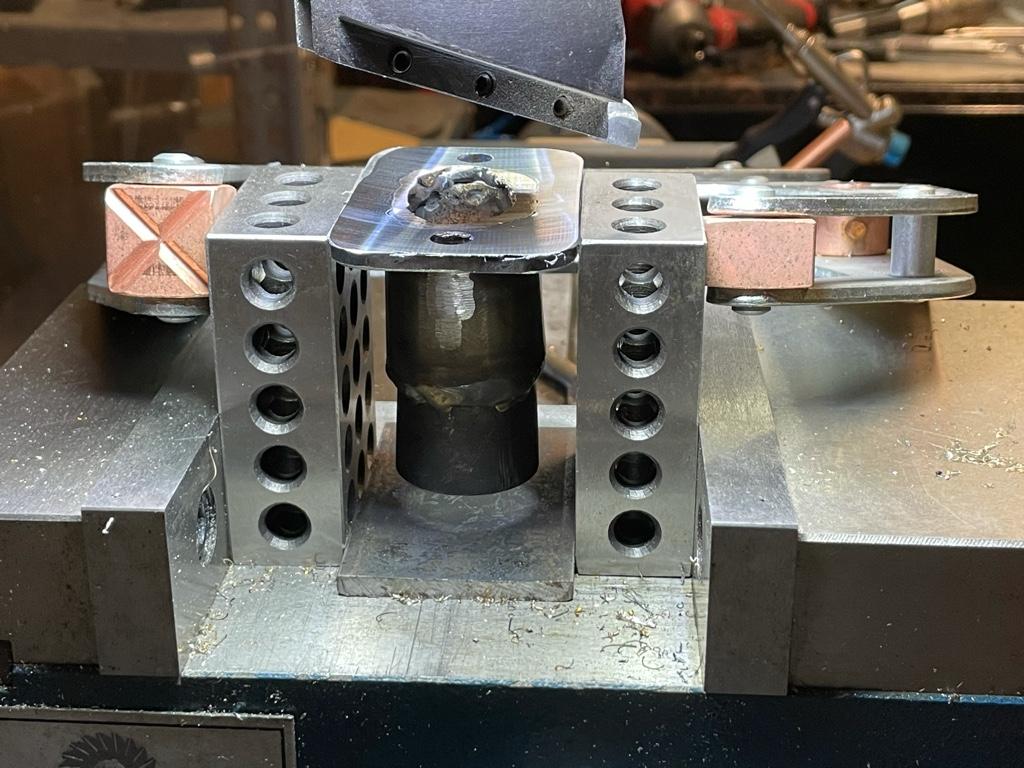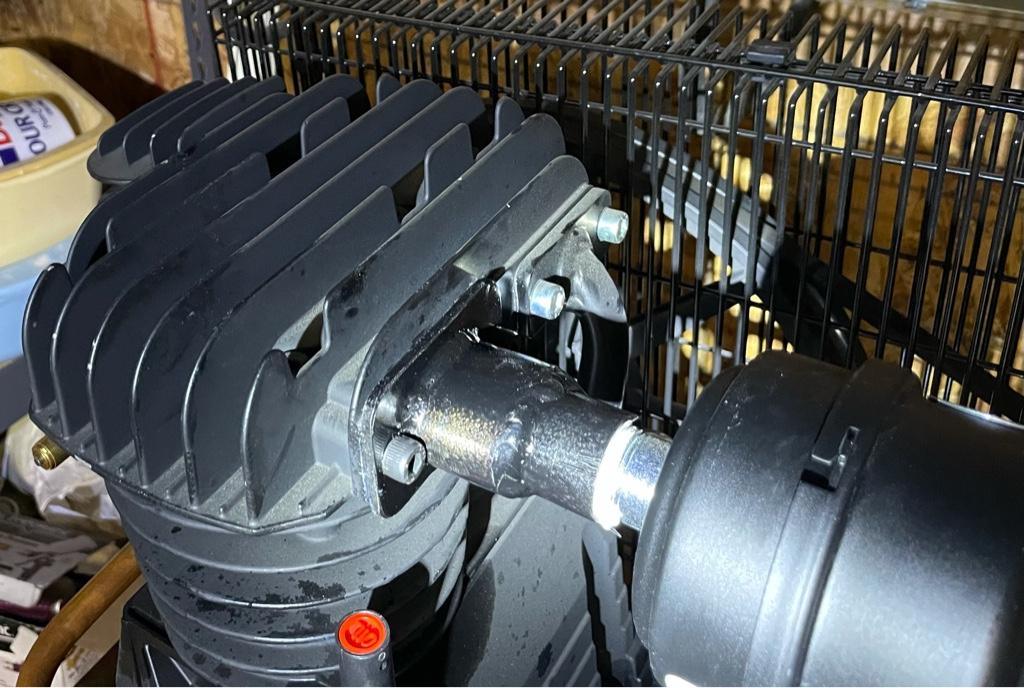I made a flanged adapter for my air-compressor inlet and I wanted to machine the flange flat after welding it. But the flange was only 0.188” thick and the overall piece was a couple inches. I’ll show how I ended up holding it for the fly cutter to take some light cuts. But I’m interested in any advice you may have for next time.

Thanks

Thanks


